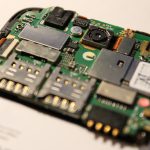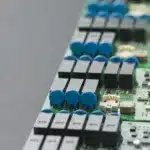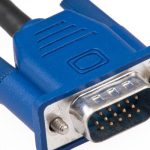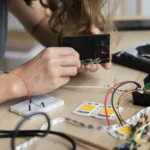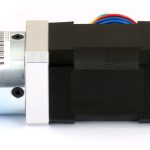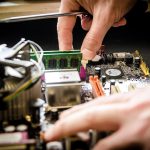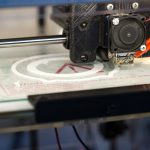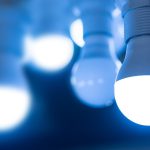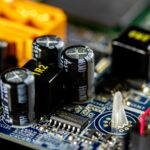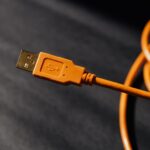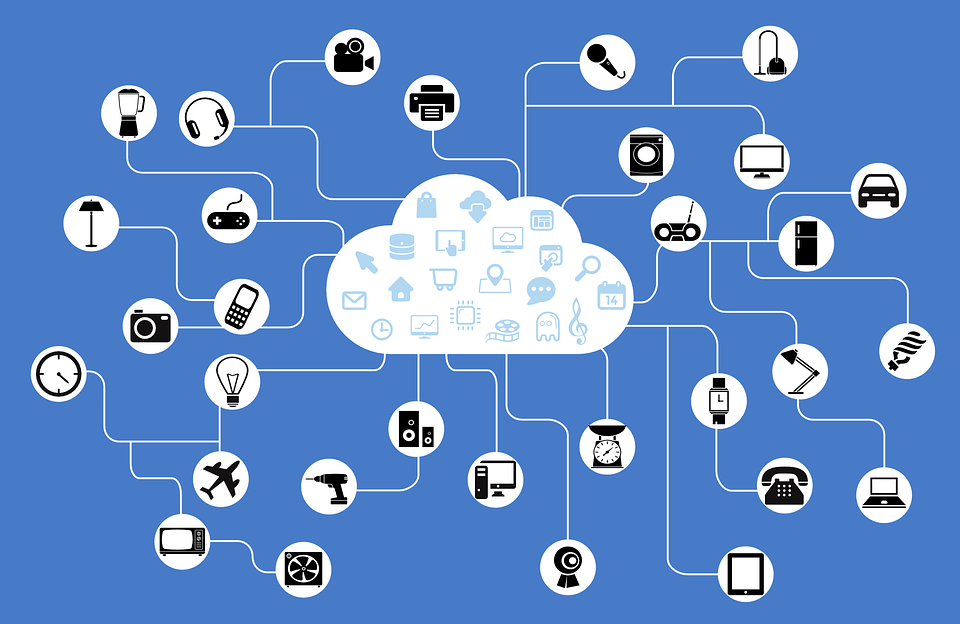
The Internet of Things or IoT wearable devices reclassifies numerous parts of our day: how we control and robotize the climate we live, by the way we shop, and how we get medical care thus considerably more. Wearable achieve another digitized and associated economy, where individuals and associations team up in various and more profound manners, gadgets speak with different gadgets, and clients pick what they need and need without actual imperatives. Astute coordination, setup, investigation, and the executives instruments alongside ceaseless conveyance and deployment keep organizations normal as well as more profitable as at no other time. With IoT distant working, there’s barely anything that we can’t get to for all intents and purposes over the web. As more and more modern and digitized electronic components and items are being brought into this world more digitized devices will be created as well.
When it comes to healthcare IoT wearables can open up a wide range of possibilities. When they are connected to the internet they can collect data and result in outcomes we may need to save the patient’s life. IoT gives more control to the patients over their treatment and they can witness their progress through the devices that are connected to the internet.
Wearables for Heart Diseases
Wearable defibrillators can be used to utilize diseases like fast heartbeats and abnormal heartbeats. They track any life threatening heart rhythms and helps in treating them that can cause heart attacks. It tracks any abnormal heart rhythms and produces shock treatment to restore the patient’s heart rate to normal. Cardioverter-defibrillators can also be used in such cases.
Hearing Aid
Hearing aids can be used by individuals with hearing disabilities. These can convert sound waves into digital signals and produce the exact sound duplication. The computer chip that is installed in the hearing aids can analyze speech and other sounds from the environment. Advanced hearing aids have considerable adaptability in listening device programming, so that sound they produce can be coordinated to the particular hearing loss pattern.
Wearables for Diabetes
Many people suffer from diabetes nowadays and more than 46% of them go untreated or undiagnosed. Currently due the new inventions there are various solution to this problem. There are devices that can help deliver insulin to the body and keep in track with the patient’s glucose level. Continuous glucose monitoring system and automated insulin delivery systems are wearable devices that help in diabetes.
Asthma Monitoring
In a conventional situation patients may not even notice at first that they are having an asthma attack. With the medicines at hand they can use them to intervene against the attack but by that time it exhausts and depletes their energy. With Intelligent Asthma monitoring wearable technology you can detect any fore coming attacks before the patient even notices any symptoms.
Sleep Monitoring
Wearable gadgets can gauge and give proposals to improving your sleep. One of such wearables is Beddit. It estimates rest time, pulse, breathing, moistness, and room temperature. Clients can set up rest time objectives and dependent on the rest designs the application can prescribe how to accomplish these objectives with sleep time updates and pushes.
Conclusion
IoT technology has allowed mobility in treatments. Patients do not have to bound to one place while getting their treatment or keeping check with their health conditions. With the everyday developing electronic components there are new invents in IoT technology used in many fields. These are only few of the many IoT devices that are changing healthcare sector. Many are still in the process of being put to practical use and make the process easier and mobile.






